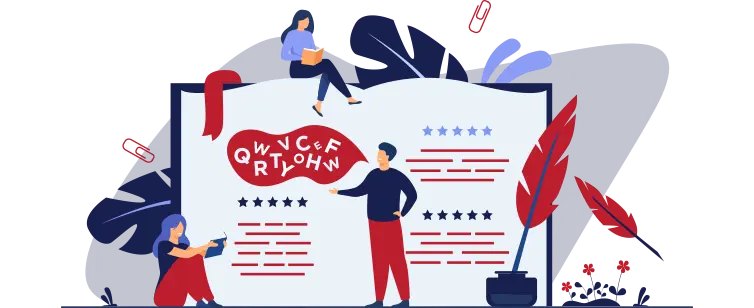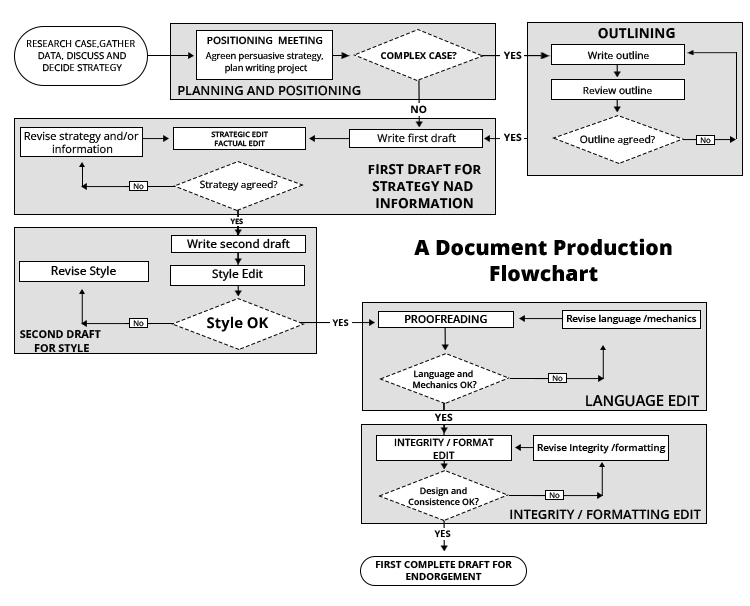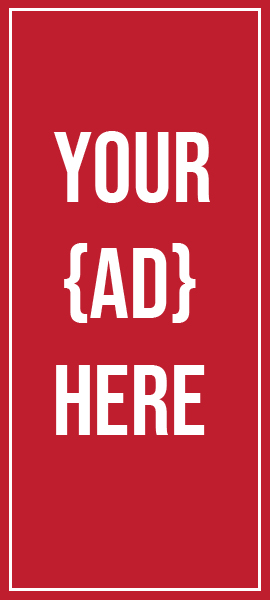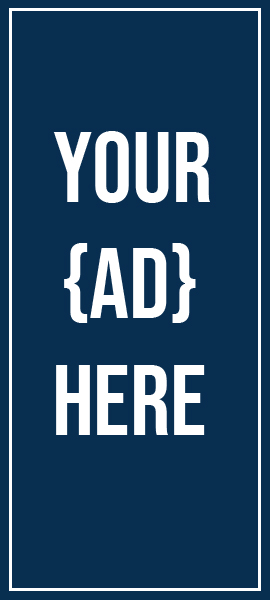
The Collaborative Writing Process
The most valuable of all talents is that of never using two words when one will do.
– Thomas Jefferson
Introduction
Preparation of important documents is usually a collaborative process of drafting, revision, and screening. This lesson gives an approach to managing this process efficiently.
Types of editing
This table presents the main types of edit and lists them in the order they are applied. Focusing on an element lower down the list before getting the higher ones fixed will waste time and duplicate effort. There’s no point in correcting the surface grammar of a sentence that will be deleted later because of a change in the argument structure.
| Focus on | Primary responsibility | |
| Substance | ||
| The Strategic Edit | Title, Aims, Recommendations, argument structure, positioning, information load | Senior manager |
| The Factual Edit | Information accuracy, information display | Executive drafter |
| Style | ||
| The Style Edit | Wordiness, directness, tone (voice), coherence, paragraph focus | Collaborative |
| Proof-reading | ||
| The Language Edit | Grammar, punctuation, collocation, usage | Collaborative |
| The Mechanical Style Edit | Specific Club usage, micro elements such as symbols, numbers, names, etc. | Collaborative |
| Design and Consistency | ||
| The Integrity Edit | Matches references in the text to figures, tables, annexes, and previous documents | Executive or Secretary |
| The Format Edit | Page layout, headings, fonts, etc. | Executive or Secretary (minimal with the use of a template) |
Brief check
Editing complements writing. It can, however, seem time-consuming and unrewarding. It can also involve unnecessary work if conducted in a disordered way.
A strategically planned document production process
A document production system
Below you will find a document production flowchart. Like all such charts, it is a simplified representation of a complex process.
The chart is presented to illustrate a principle—that writing is a collaborative production process. It is not presented as a standard model. Nonetheless, the processes listed in the chart will recur in any writing project. Adapt this outline to suit your special needs.
Scheduling
The critical steps in this process should be scheduled in advance. Writing to deadlines is an efficient use of time.
Division of labor and responsibility
An operational executive cannot be expected to think strategically. A senior manager should not spend excessive time on clerical tasks. A second language user with limited competence cannot be expected to work to the standard of a professional editor. Match the task to the competence and role of the person.
Quality assurance
Editing is quality assurance. As such it is continuous. Critical points are located throughout the production process. Know where these points are, and what aspect of quality is assured at each point.
Appropriate technology
Modern technology supports workplace writing through document production and document sharing tools. Use these tools to speed up the processes of drafting, transfer, annotating, revising, and printing. Every retypes and the printout is an expensive use of resources.
Actively explore the potential of IT to improve the product by advancing the process.
Brief check
Document production is like any other production process. It requires systems analysis, scheduling, division of labor and responsibility, quality assurance, and the use of appropriate technology.

Writing the first draft
As a summary of the main ideas presented in this course, you may find the following step-by-step process useful when preparing your next persuasive report.
| Stage | Tools and processes |
| 1. Identify the corporate problem and your intended solution. | Analyze the case |
| 2. Position the paper. | PRePIA model |
| 3. Write your title, Aims, and Recommendations. | Points on the organizational diamond; action-oriented titles; say what the paper does; standard form for recommendations |
| 4. Draft the problem statement. | Establish the need for action; use negative phrasing |
| 5. Describe the solution. | Use neutral phrasing |
| 6. List the issues. | Signal the argument structure; order the issues persuasively |
| 7. Write a subheading corresponding to each issue. | Specific subheads guide the reader |
| 8. Predict counter-arguments. | Pre-empt the opposition |
| 9. Write claims for each issue. | Main points embodied in clear topic sentences |
| 10. Draft the whole argument with supporting details, evidence, and information. | Direct and indirect Pyramid Paragraphs; supporting information in annexes; persuasive writing techniques |
| 11. Write your Conclusion. | State position and advantages |
| 12. Polish the document. | Substance, style, proofreading, design/consistency |
Ask yourself
- Are we managing the writing process strategically?
- Is the process collaborative? Or divisive?
Keys to success
PLAN DOCUMENT PRODUCTION
DIVIDE RESPONSIBILITIES
EXPECT MULTIPLE DRAFTS
SORT OUT SUBSTANTIVE ISSUES FIRST
LEAVE SURFACE FEATURES TILL LAST
WORK COLLABORATIVELY
USE TECHNOLOGICAL AIDS
Dangers to avoid
TREATING WRITING AS A SIMPLE, UNITARY TASK
ASSIGNING STRATEGIC THINKING TO OPERATIONAL STAFF
EXPECTING SUBORDINATES TO WRITE PAPERS WHEN THEY ARE ACTUALLY PRODUCING DRAFTS
WASTING TIME ON MICRO ISSUES BEFORE THE MACRO ASPECTS ARE IN PLACE





